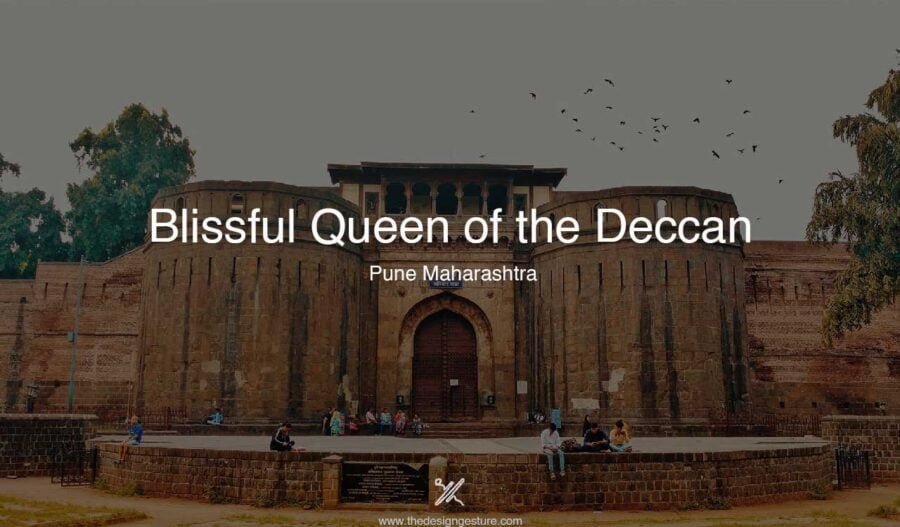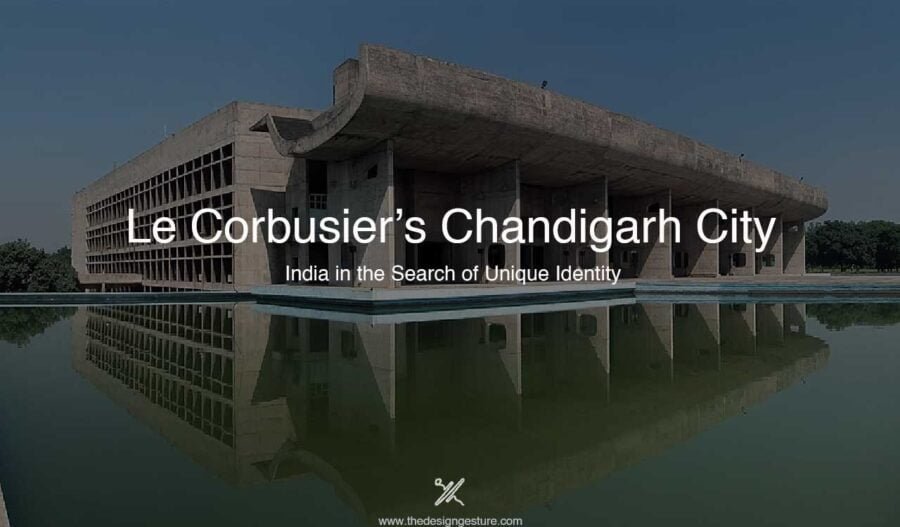Pune is regarded as the cultural capital of Maharashtra, despite Mumbai being the state capital. Pune Deccan, which is roughly three hours southeast of Mumbai, is home to much of the state’s cultural legacy. Its long and varied history dates back approximately 2,000 years. Notably, the 300 years of Islamic control, the revolutionary Marathas’ reign, and the British era all had an impact on the city’s architecture and customs.
Pune was the birthplace of famous Maratha warrior and monarch Chhatrapati Shivaji Maharaj. He created a distinct Maratha empire and battled valiantly against the Mughals. Pune saw great prosperity in the 18th century when it was made the capital of the Maratha Empire by the Peshwas and the political hub of the Indian subcontinent. The city served as the capital during the Indian Independence Movement.
Lately, Pune has become the center for education and culture, however Indian Prime Minister, Jawaharlal Nehru said Pune to be the Oxford of India. Lately, the city has grown immensely, with industrial suburbs with a great road network connecting Mumbai, Ahmadanagr, Solapur, and Satara. However, the old city is the residential and commercial heart.
Table of Contents
Pune: History
Pune derives from the word punya, which means holy. The first written records of the city that is now known as Pune date back to copper plates that date to about 768 and 758 A.D. The Rashtrakuta king Krishna I is credited with creating these copper plates. The area is known as “Punaka Vishaya” and “Puny Vishaya,” respectively. Around this period, the stunning and well-known Pataleshwar rock-cut temple was constructed.
The Yadava Empire of Deogiri once governed Pune in the ninth century. After the Yadavas were overthrown in 1317 by the Khalji Dynasty of Delhi, Pune came under Islamic administration for the following three centuries. The Tughlaqs took the place of the Khalji. The majority of non-Muslim people resided outside the town halls during this period, except a small number of Muslims and non-Muslim military.
Pune gained notoriety mostly as a Maratha stronghold. Although authority continued to alternate between the Bhosale dynasty, the Mughals, and the Adilshahi until the 1700s, the first Maratha rule started in the early 1600s. Maloji Bhosale’s grandson was Shivaji, who went on to build the Maratha kingdom. Shivaji and his mother Jijabai spent ten years living in the Lal Mahal, which was constructed by his father, Shahaji Bhosale. Shivaji also vanquished Shahistekhan, the enemy of Aurangzeb, here.
After Shivaji died in the late 1600s, Aurangzeb returned to power. Later, Peshwa Balaji Vishwanath, the newly appointed Maratha, was given charge of Pune. The region remained under his family’s rule until Bajirao II, the great-grandson of Balaji Vishwanath, was defeated by the British in the early 1800s.
Pune rose to a prominent position under the rule of Bajirao II, or Nana Saheb. After the Battle of Panipat in 1761, the influence of the Maratha on the region was reduced to a great extent. Nana Saheb built many important landmarks in the city, such as the lake in Katraj and the underground aqueduct that brings water from the lake to Shaniwar Wada, an underground sewage system, and the temple on Parvati Hill.
Along with Delhi, Pune developed into a significant political hub after the British took over. During the British administration, these two cities were the first to gain prominence. Pune made a stride towards becoming a center of learning in 1851 when Deccan College was established. The famous Khadakwasla Dam and the Pune-Mumbai railway link were constructed a few years later, in 1857. Deccan College, Fergusson College, and the College of Engineering—some of the most well-known universities in the city—were established.
Deccan College was the educational home of notable historical figures like Gopal Krishna Gokhale and Bal Gangadhar Tilak. In addition, Tilak founded the New English School in 1880 and Fergusson College in 1885.
Pune, the second-biggest city in Maharashtra, is a major center for corporate jobs and education nowadays. Pune, which is surrounded by several stunning hill stations and has a relatively young population, has managed to maintain its traditional past while embracing modernity. Not only is it India’s ninth most populous city, but it’s also one of the most livable cities nowadays.
Architecture: Historical Structures of the Deccan
Architecturally, Queen of the Deccan is very rich with significant historical structures belonging to the Maratha and British periods. The Maratha period had wadas as their significant structures. The wadas, a traditional housing practice of the state with a typical approach as central as the courtyard surrounded by rooms for various purposes.
The walls of the wadas were constructed of brick and stone, and the roof was covered in thatch or clay tiles. The homes had ornate wooden balconies, columns, and beams that were painstakingly carved with a variety of patterns and styles. The purpose of the wadas’ construction was to endure the frequent high rains in Maharashtra, as well as earthquakes. Additionally, the houses were made to be warm in the winter and cool in the summer.
Pune’s ancient wadas, or traditional homes, serve as a reminder of the city’s rich architectural and cultural legacy. The elaborate woodwork carvings, large courtyards, and exquisite architecture of these wadas are well-known. The ancient wadas in Pune remain towering and act as memories of a bygone period, even in the face of the city’s fast industrialization and surge in high-story construction. They serve as a reminder of the city’s history as well as the architectural and cultural legacies passed down from earlier generations.
Pune’s rich history and cultural legacy are revealed by the several wadas that have been conserved and transformed into museums, art galleries, and cultural hubs. The Shaniwar Wada, the Peshwa Museum, and the Raja Dinkar Kelkar Museum are a few of Pune’s most well-known wadas.
Shaniwar Wada
Peshwa BajiRao I, the Maratha Empire’s prime minister from 1700 to 1740, constructed Shaniwar Wada. The name of the wada comes from the fact that it was founded on a Saturday, January 10, 1730; the word “Shaniwar” means Saturday, while the word “wada” refers to a residential complex. Before the Peshwas were vanquished by the British in the Third Anglo-Maratha War, they lived there for 86 years.
With five gates and nine bastioned walls, Shaniwar Wada occupied 6.25 acres. It had 22 structures, including the Gokak Diwankhana, Asmani Mahal, Arse Mahal, and Badami Mahal. These were constructed around 17 courtyards and embellished with 14 fountains and other water features. The wadas are huge complex with every possible thing.
Peshwa Museum
The Peshwa dynasty’s legacy and heritage are the focus of the Peshwa Museum. Situated atop Parvati Hill, the museum occupies a portion of the Peshwa Palace, which Nanasaheb Peshwa constructed in 1795. Today, the Peshwa Museum is housed in a portion of this palace.
Vishrambaug Wada, Pune
Peshwa Bajirao II lived at Vishrambaug Wada, which was constructed in 1807. The property was as magnificent as a palace at its prime. Superb woodwork covers the balcony and the wada entry, giving the residential complex a unique appearance and elegance. One of the most intriguing historical locations in Pune is the three-story building.
There are extremely few wadas that are inhabited; the majority are conserved as museums or shrines. The wadas have had a significant influence on Maharashtra’s architectural landscape because its decorations and desires were not only established but also influenced by Chinese, Rajasthani, and Indo-Saracenic architectural styles. A few well-known wadas are Purandare Wada in Pune, Sarkar Wada in Nashik, Dhepe Wada, Nana Wada, Vishrambaug Wada, Kesari Wada, Raste Wada, Bhor Rajwada, Gaikwad Wada, and Juna Wada in Kolhapur. These wadas have withstood the test of time and are frequently featured in films to depict ideal scenes.




